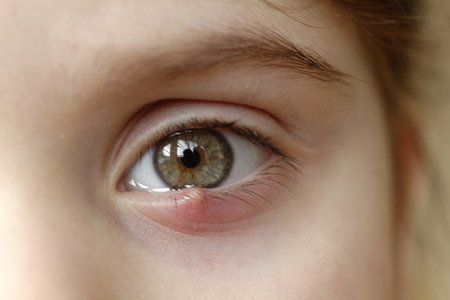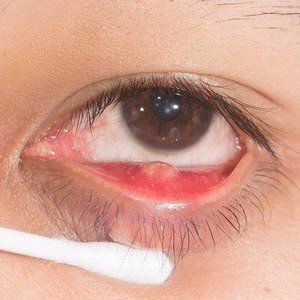BUMPS AND LUMPS ON EYELIDS

COMMON BUMPS AROUND THE EYE
We receive many calls from patients telling us they have a 'bump on their eyelid' or something that looks like a pimple.
In most cases these 'bumps' turn out to be a stye or a chalazion. We'll explore each below, including what causes them and how to treat them and when to see an optometrist.
WHAT IS A STYE?
A stye or hordeolum, is an infection involving the oil glands of the eyelids. They are typically caused by bacteria that colonize, or live on, the surface of the eyelid skin.
HOW DO STYES FORM?
Styes occur when bacteria become trapped in oil glands that are blocked or plugged. In some cases, medications or hormonal changes can alter the composition of the oil and make it more likely to plug the glands.
Styes can affect either the external or internal surface of the eyelid, but they almost always involve the glands at the eyelid margin.
SYMPTOMS OF A STYE
Styes cause swelling and inflammation of the eyelid, make it red, tender to the touch and sometimes painful.
Styes can also cause increased mucous production from the internal surface of the eyelids that can blur vision and cause crusting in the corners of the eyes or at the eyelid margins.
Infrequently, the infection can spread to surrounding tissues, which is referred to as cellulitis. In cases of cellulitis, patients may experience fever and swelling can be quite sever and the lids might block vision.
Schedule an eye exam
TREATMENT FOR STYES
Mild styes can usually be treated with warm compresses and eyelid hygiene two or three times a day. The warmth helps the oil flow from the glands more freely, and the lid hygiene removes bacteria and other debris that may be clogging the glands.
More moderate styes may be treated with topical antibiotic or combination antibiotic/steroid ointments in addition to warm compresses and lid hygiene.
Severe styes and cases of cellulitis may require the addition of oral antibiotics. In cases of abscess formation, some styes will drain on their own, while others require surgical drainage.


WHAT IS A CHALAZION?
A chalazion is an accumulation of firm nodular tissue called a "granuloma" that forms inside the eyelids where the oil glands have been inflamed.
This inflammation is a reaction to oil that has seeped out of the glands into the surrounding tissue of the eyelid where the glands become plugged.
This may occur on its own or following stye formation and treatment. Patients are often left with a firm bump or nodule in the eyelid that is painless or only mildly irritating, however, some chalazia may be more symptomatic.
HOW IS A CHALZION TREATED?
Similar to styes, mild chalazia may be treated with warm compresses and eyelid hygiene.
Moderate to severe chalazia are treated with a combination of warm compresses, lid hygiene, and topical or injected steroids.
Chronic chalazia often require surgical treatment with a small incision, usually through the inside surface of the eyelid in order to avoid external scarring. This is a minor procedure that is generally covered by insurance and can almost always be performed in the office. Antibiotic ointment is usually used in the eye a few times a day for one week following the procedure.
Another successful treatment option is IPL(Intense Pulsed Light)therapy. With IPL treatment, acute chalazia can be resolved in just 3-5 days. For chronic chalazia, multiple treatments (typically 2-3) may be required to achieve complete resolution. Our patients are thrilled with the medication-free, injection-free, and incision-free approach that IPL therapy provides.
Styes and chalazions can be uncomfortable and unsightly. The team at BeSpoke Vision are here to help you with all of your eye care needs including diagnosis and treatment of styes, hodeolums and chalazions. Contact us at (405) 341-2062 or schedule an appointment online.


